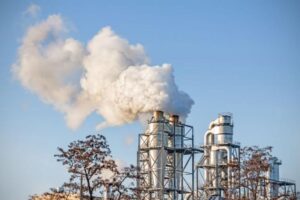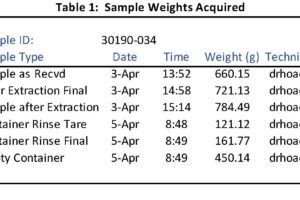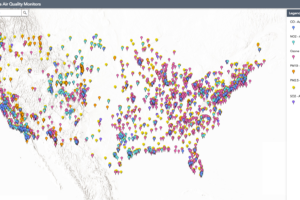When looking at measuring very low levels, you need to make sure that everything used is free from contamination. Especially for the analyte of interest. To meet your data quality objectives, you might want to buy “pre-cleaned” sample jars. Among EPA related testers, a popular choice is often sold as “EPA certified”, but what does this really mean?
The “Superfund” program
When you look deeper into the meaning of that EPA certification, they are referring to EPA Method 540/r-93/051. This method relates to a very specific program called “Superfund”. This program started up in the 1980’s to clean up hazardous waste sites and respond to environmental emergencies. Click the link to learn more about the program and the good work it’s done.
What does it certify for?
The method itself has three different cleaning procedures. These procedures focus on the type of container and the analytes the Superfund program is often looking for. They range from Semi-volatile organics and pesticides, to volatile organics and certain metals. The method provides guidelines on testing for and setting detection limits for the listed analytes. Because of this, most “pre cleaned” sample jars will come with a certificate of analysis (COA). This COA will provide a rundown of the analytes for which a given container batch was tested. The detection limit levels can help you make sure the cleaning was acceptable for your application
What to do when it doesn’t certify for your application?
What happens if the analyte of interest is not on that list? For example, a large analyte class missing is total dissolved and total suspended solids (particulate matter residue). This may bias results in these instances depending on how the glass jar was handled during production.
The EPA commissioned a 2016 report for condensable particulate matter (CPM) in an effort to address possible contamination points for low level CPM testing. A finding of that report suggests that contamination can come from sample containers. To combat this, the report recommends in section 9.2 pre-cleaning sample containers using the glassware preparation techniques described in the section 8.4 of method 202.
This tactic could be applicable across a wide variety of methods but would require further testing to verify. This process may be onerous for some, so check with the vendor to see if other pre-cleaning measures to remove analytes are available.
If your next test program has low level emission requirements, don’t assume the meaning of “pre-cleaned”. Take time to make sure your sample jars are clean enough to meet your project’s data quality objectives.







